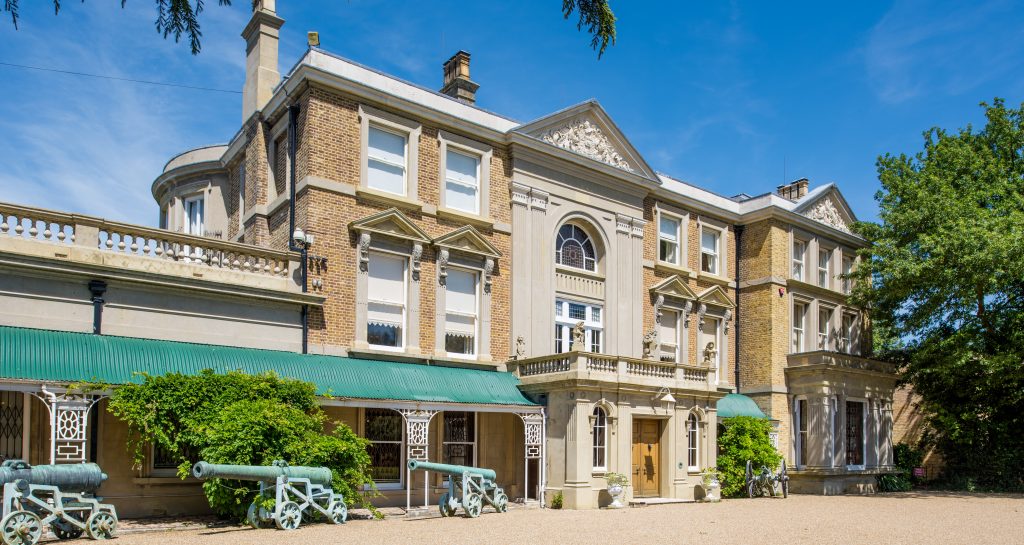Pair of gender specific (one male, one female) headrests. They are manifestations of the differing roles men and women have in Somalian pastoral society.
Pair of headrests, one used by a man and one used by a woman, collected in Somalia by Diana Powell-Cotton in 1934-5.

Men’s headrests have a thin and wobbly base and are often carved with intricate patterns that represent both local and traditionally Islamic designs. The man who owned this headrest would have been a pastoralist, spending his time herding cows and goats. Using this headrest would allow him to take a cat nap, but if he fell into a deep sleep, he would fall over and wake up. This meant that he wouldn’t fall asleep and lose his animals.
The woman’s headrest would have been used in the home. It is sturdy and would not fall over, allowing for a good night’s sleep. Headrests keep a person’s head off the floor, protecting them from insects and small animals and keeping their hairstyles looking good.
The people who owned these headrests would have moved around a lot with their animals and would not have been able to take many possessions with them. Items like these headrests were intricately carved – the few possessions people did have were always beautifully made.
Curriculum Links:
You can jot down some notes for your future references using the form below. Fill in the details about the object and any notes you deem important. You can save and print this too.